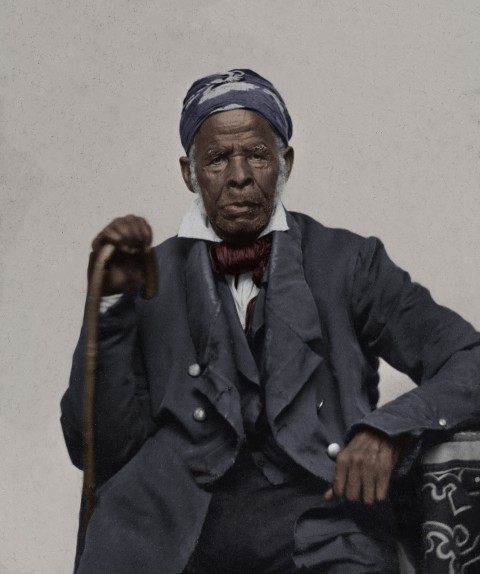Muslim slave’s narrative offers new window on Africans in America
A digitized version of Omar ibn Said’s 15-page autobiography is now available through the Library of Congress.

The only known existing autobiography written in Arabic by an enslaved person in America is now available to the public online, thanks to the Library of Congress.
It is the story of Omar ibn Said. Born in about 1770 in Senegal, he was captured at age 37 and taken to Charleston, South Carolina. In 1810, he ran away and was captured again when he stopped to pray in Fayetteville, North Carolina. There, he was bought by James Owen and remained enslaved until his death in 1864. Like an estimated 20 percent of enslaved Africans taken to the Americas, Said was Muslim. He was also a wealthy and highly educated Islamic scholar who studied under his brother and other Muslim religious leaders.
The Library of Congress acquired Said’s 15-page autobiography, written in 1831, from British auction house Sotheby’s in 2017. The digitized version was published in January on the library’s website, and facsimiles are available for public viewing at the library.





